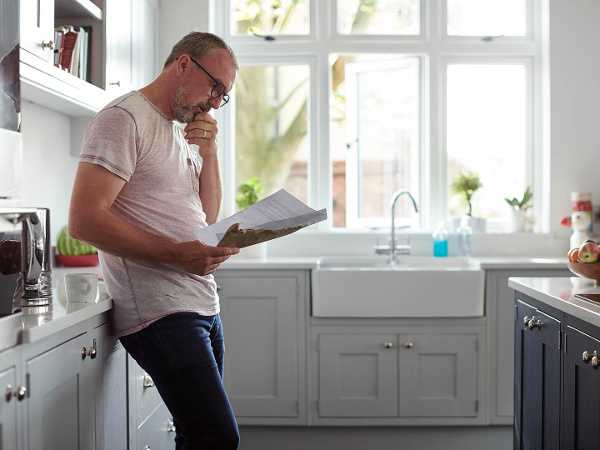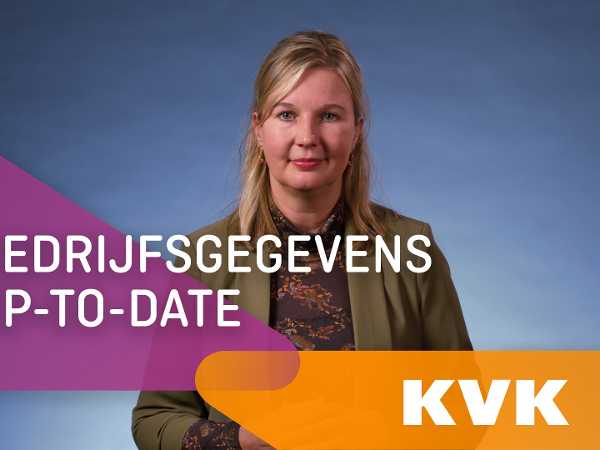Rules and laws
Every entrepreneur has to deal with rules and laws. Some apply to all entrepreneurs, while others are specific to your sector or situation. Find out which rules and regulations are important for you and how you can comply with them. With KVK's knowledge, you will know what you should and should not do.
Latest amendments on Business.gov.nl

Latest amendments on Business.gov.nl
Are you an entrepreneur and want to know what's changing? Visit Business.gov.nl to stay up to date on legislative changes and new regulations.
See the latest amendments and new regulationsRequirements for sectors

Requirements for sectors
Many rules and laws apply to everyone. But there are also legal obligations that may only apply to your sector.
Check the rules per sector






